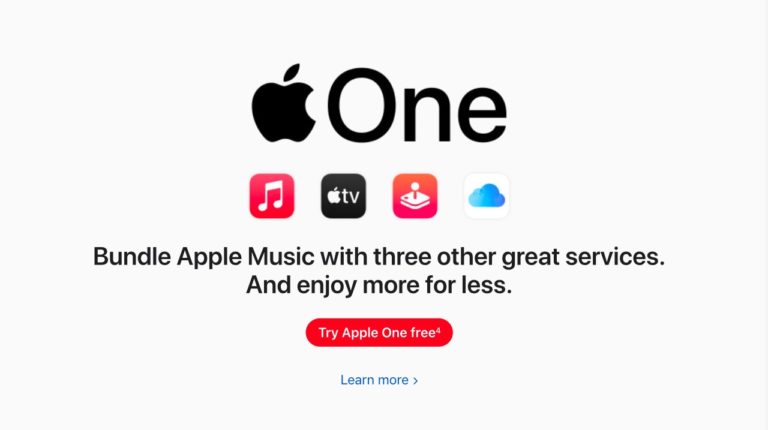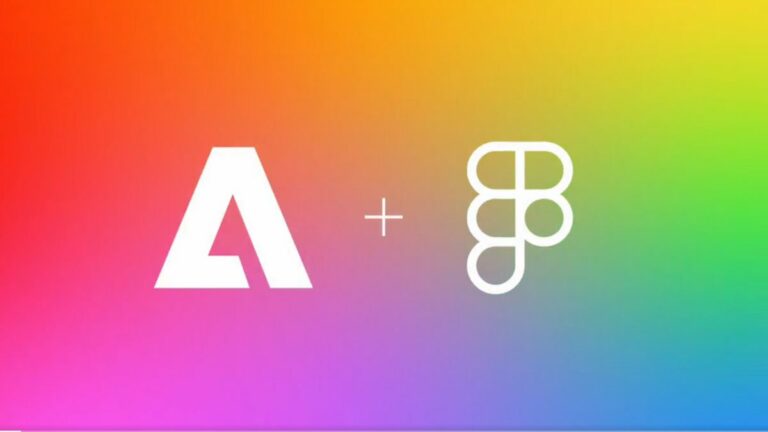“Downloadable” Websites Or PWAs For Windows 10 Are Coming To Microsoft Store

PWAs for short, these are websites or web apps specially crafted to deliver native app-like experience irrespective of the device platform and form factor. That means a progressive web app can run on a Windows 10 machine and also on your smartphone or tablet.
The company said their Bing Crawler has been working for almost a year to find quality PWAs on the web which will populate the Store in the coming weeks. They reviewed around 1.5 million candidates in the process.
These apps will run in a sandboxed AppX container in Windows 10 and won’t carry any browser window. Just like other native Windows 10 apps, PWAs will also appear in places like Start and Cortana search and would be able to access local calendar and contacts data after taking permission. And these enhanced websites are also capable of running offline.
To support PWAs the company has enabled different required technologies through EdgeHTML 17, including Service workers, push notifications, Fetch networking, Cache API, etc., in the latest Windows 10 Insider builds.
In addition to crawling for PWAs, Microsoft is inviting developers to submit their PWAs to Microsoft Store. Developers would be able to monetize their apps, access telemetry data, and respond to reviews and comments.
Giving so much importance to PWAs puts a question mark on the future of UWP (Universal Windows Platform) apps. But according to Microsoft, there can’t be one recommendation out of UWP and PWA as “the Universal Windows Platform fully embraces the Progressive Web Apps” and EdgeHTML is also the foundational base of UWP apps.
Microsoft explained that it makes more sense for developers focusing on fully-tailored UWP experience to build things from the ground up using native technologies. And for developers who want to tailor their web codebase to Windows 10 and provide capabilities like native apps, “PWA provides an on-ramp to the UWP that doesn’t require demoting or forking existing web resources.”
In future, Microsoft would work on tighter integrations between browser and desktop to bring the best of UWP and web to each other.
Also Read: Google Activates ‘Pixel Visual Core’ And HDR+ For WhatsApp, Snapchat, Instagram And Others






